February 14th is best known as Valentine’s Day, the most romantic day of the year, and this year I spent mine inside a former nuclear bunker in the heart of Inverurie.
Aberdeenshire Council is spending £500,000 to demolish its Gordon House HQ.
While researching the building’s history while writing about the demolition, I was surprised to learn that is has a secret underground Cold War bunker.
Chancing my luck, I asked for a look around before it was gone for good.
I have visited Gordon House many times over the years as part of my job, mostly to attend Garioch area committees inside the council chamber.
Every time I was there, I walked past a mysterious metal door found at the bottom of a small staircase.
I had just assumed it led to a basement with nothing particularly exciting to see inside – but how wrong I was…
Join me as I venture beyond this secret door, into the bunker below…
- I am shown the ‘escape hatch’ which would have been used if rubble from a ruined council HQ blocked the exit
- The man who was in charge of the north-east’s nuclear response on his memories of the tense times we once lived in
- And I find out what the ‘decontamination’ experience would have been like for any stragglers last into the bunker following a blast
Take a step inside Inverurie’s once top secret bunker
On this latest visit, I’m greeted by Garioch area manager Ann Overton along with Joan Bruce and Carol Robertson of the Garioch Heritage Centre.
Two gentlemen soon join us, Graham Ritchie and Mike Hebenton, who are carrying various tools and a rather long tube – I’ll explain why later.
With everyone expected now in attendance, Ann guides us down what feels like endless corridors to an open office space.
She then takes us to a door like any other in the room, but behind it lies some of Inverurie’s most fascinating history.
We go down two sets of stairs, walk through thick steel doors and step inside the once top secret facility.
“This is the bunker…fortunately never used,” Graham smiles as he unlatches the heavy doors.
Graham has an interesting background himself.
He used to work for the United Kingdom Warning and Monitoring Organisation (UKWMO), a department of the Home Office set up to alert the nation of a nuclear blast.
Graham knows all about the bunker and its purpose thanks to his role as the former chief warning officer for the North of Scotland.
He may also be a familiar face to some as he used to be a teacher at Inverurie Academy.
How long would you have to stay in bunker after nuclear explosion?
So what would have happened if there had been a nuclear event in the north-east?
“This would have been locked down for two months, after that you would take your chances outside,” he tells me.
“But, the radiation falls off fairly quickly.”
The bunker itself isn’t fully underground, and is instead described as being “semi-sunken”.
But, anyone finding themselves in the facility didn’t have to worry about their safety as it offered a very high level of protection.
Graham added: “If there was a nuclear blast close to here, the building above would be blown away but this would be intact.”
How did Aberdeenshire Council use the bunker?
I expected this bunker to be a cobwebbed relic of a forgotten age, and the office furniture remains the same even 40-odd years later.
So I am surprised to learn it was still in use just a few weeks ago.
The election team worked in the space latterly, but it had been used for training by various teams across the council.
Ann admits staff stumbled upon the “most ancient computer and printer from the 80s” in one of the rooms.
She tells me it has since been preserved and will be loaned to the Garioch Heritage Centre to be used as part of a future display.
Will this slice of ‘really unusual history’ be preserved?
Ann adds: “Prior to Covid, Gordon House was absolutely full every day so they had to use all of the space.
“It’s been a well used room over the years.”
Council chiefs reached out to the heritage group to see if they wanted to take anything from the bunker.
They hoped the team would be able to preserve a bit of Inverurie’s “really quite unusual history”.
As we chat, Graham and Mike get to work dismantling the perspex panels in front of one of the giant maps of Aberdeenshire covering the walls.
The long tube I mentioned earlier was brought in to transport the maps to their new home at the heritage centre.
As the men work, they explain to me how the Aberdeenshire town came to have such a feature in the first place.
Why did Inverurie have a nuclear bunker?
When Gordon House was being built in 1982, a deal was made that a bunker would be formed underneath to act as a local authority command centre.
“The Home Office paid for the bunker and the foundations,” Graham explained.
The previous control centre for the area was at Tertowie House, Kinellar and while the bunker there was underground, it wasn’t protected.
“It wasn’t custom-built, whereas this was,” Graham adds.
“At one stage, every ten miles all the way around the countryside, there were underground bunkers.
“And that’s what these are,” he says pointing to the green triangles marked on one of the huge ordnance survey maps.
These symbolise all of the Royal Observer Corps nuclear bunkers that were in place across the north-east.
“The three folk who manned these posts worked out they had ways of finding out where the bombs went off,” Graham continues.
“They would then get the radiation levels at each of these posts, that all came back to my headquarters in Aberdeen.”
Who was allowed in the Gordon House bunker?
The bunker was designed to hold up to 27 people including scientific advisors and designated council officers.
“The only one I can remember is the director of education who was responsible for all food supplies,” Graham recalls.
“When you took a council role in those days it had a wartime role associated with it.”
And then he tells me something I didn’t want to hear – no members of the public were allowed inside.
“In the event of nuclear war, there was a phased build-up where people with responsibilities would have been called to their posts before the war started.
“The bunker would have hopefully been manned before the war started, then the blast doors were shut and that’s it.”
How did Inverurie prepare for nuclear war?
While the bunker was not actively used, regular exercises were carried out to ensure everyone knew what they had to do in case of an emergency.
Almost like a fire drill, only this time it was in preparation for nuclear war.
Once a year, Graham and his colleagues “played” with the local authorities.
“We’d practice more often here because it was far more technical.
“We exercised five times a year, but the councils only did it once a year.
“But in reality, this one was never manned.”
The Gordon House bunker once had communication links to the secret bunker in Fife.
“It’s now a tourist attraction,” Graham says with a chuckle.
“I find that really obscure.”
Join me on my tour of the bunker
I ask Graham to give me a tour around to give me a better idea of how the bunker would have operated should it have been needed.
We start in the main space that would have once been the control room.
Tables were formed in a circle, and each had a telephone so you could speak directly to a designated post.
During my visit it was filled with old shelves instead, along with desks and chairs I recognised from the council chamber upstairs.
We then walk inside a room that hosted the former electrical switchgear.
A device called a message switch would have sat in here, along with a telephone cabinet which distributed information around the bunker.
But the message switch has long since gone.
Units that would have brought communications from the outside world sits in a blast proof door at the back of the room.
What else was inside the bunker?
We then stroll inside what looks like a normal room, used to store shelves and boxes branded with the Aberdeenshire Council logo.
But the shelves hide one of the bunker’s most important features that, luckily, still remains unused – an escape hatch.
Graham explained: “Each bunker had the problem that if the rubble had fallen at the outside doors, how do you get out?”
And the escape hatch was the answer, but those using the emergency exit had to tunnel their way out.
Next to this room lies the dormitory that would have once been lined with bunk beds.
The bunker also has a toilet and shower room, a kitchen, and an office where the chief executive would have overseen operations.
Let’s have a look at the decontamination area…
The final stop on my tour was the decontamination area.
I instantly pictured a huge space filled with computers, multiple showers and a changing area – a bit like something out of a sci-fi movie.
But, I had clearly overestimated this – as all I see is a tiny, aged shower mounted on the wall.
I find it hard to believe that this is all they had to welcome someone back after a nuclear bomb had dropped – or maybe I’ve just watched one too many films.
While the space is now empty, it would have been filled with sandbags when it was first constructed.
Graham tells me why: “Once you were through the blast doors they were closed so no one else could get in.
“But if you were late in arriving or there had been fallout before you got here, then you had to have a decontamination station.
“There would have been stuff called Fuller’s earth which you would get a pat down with.
“It absorbs radioactive particles so if you came in late, you got this dust all over you.”
Next to this sits the generator room.
The bunker had its own power supply as there was no guarantee that the grid would still be operating in the event of an attack.
‘I’m happy it was never used’
However, the need for a bunker came to an end with the falling of the Berlin Wall in 1989.
“Everything started closing down from then,” Graham said.
“It’s sad now that it’s going but I’m very happy it was never used.”
Before I go, Graham gives me one last bunker fact that made me smile.
“When the council started using it as a meeting chamber for elections, they put up a sign outside the door saying ‘The Bunker’,” he laughs.
“But in the time it was here, it was supposed to be secret to most people.”
As my visit comes to an end, the blast doors are shut and we make our way back up to reception.
I must admit, all this talk of nuclear bombs, radiation and fallout made me feel like I had been dropped into the aptly named video game, Fallout.
I felt like I had become a vault dweller and needed to strap a Pip-Boy to my wrist before leaving and braving the outside world.
But instead of being faced with a barren wasteland and the threat of bumping into ghouls outside, Inverurie was, thankfully, just as I had left it.
As for Gordon House, it will soon be reduced to rubble.
However, it will be by demolition crews rather than a nuclear explosion as once feared.
Read more:
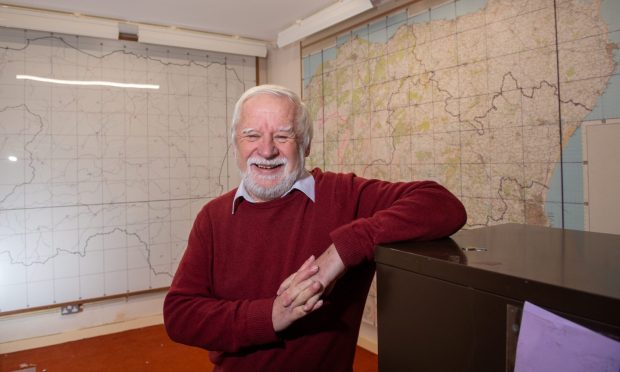
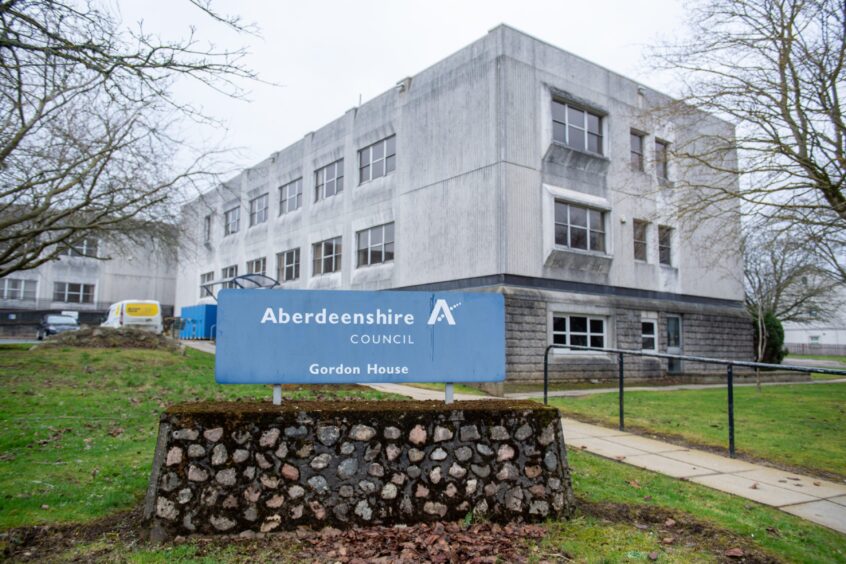
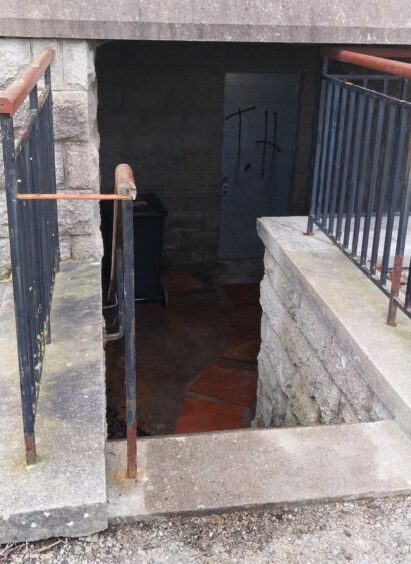
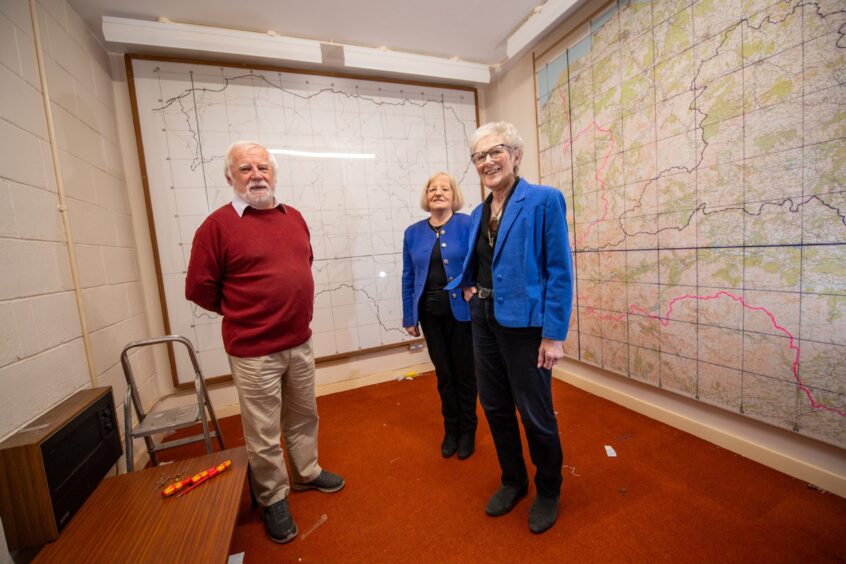
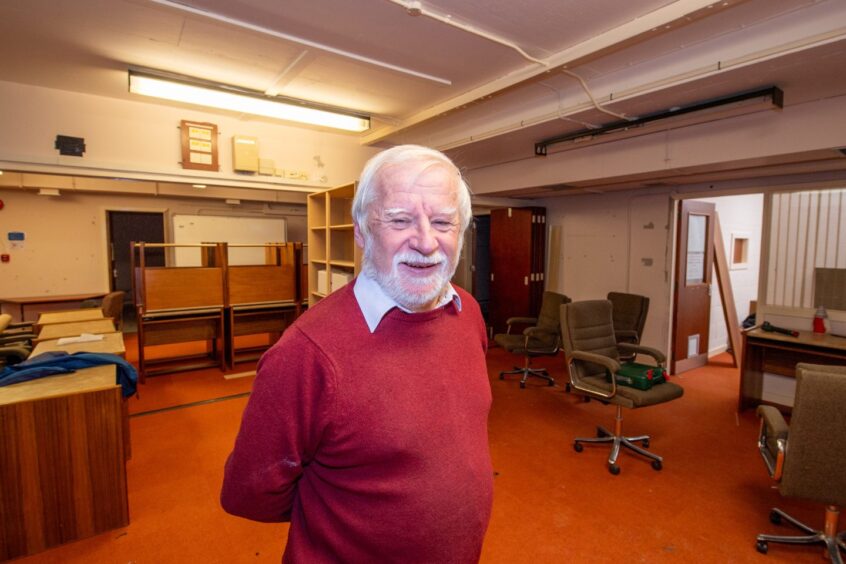
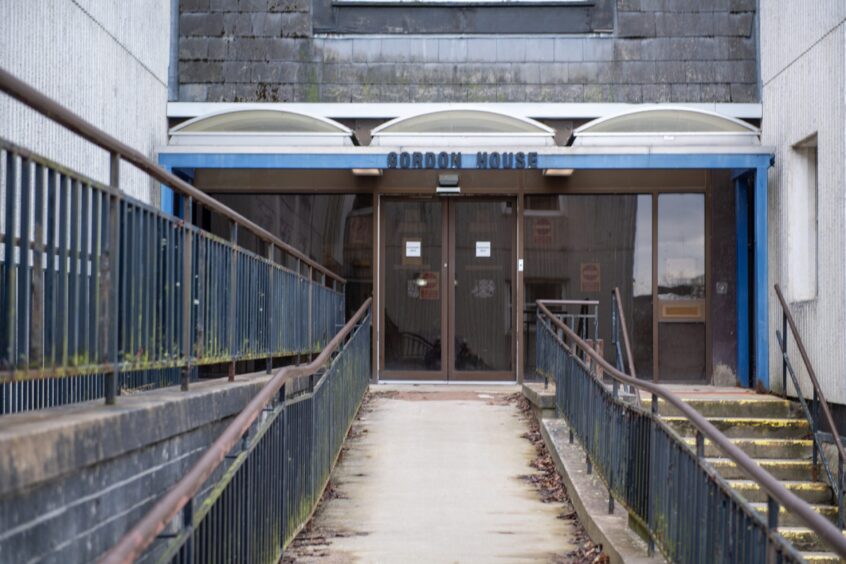
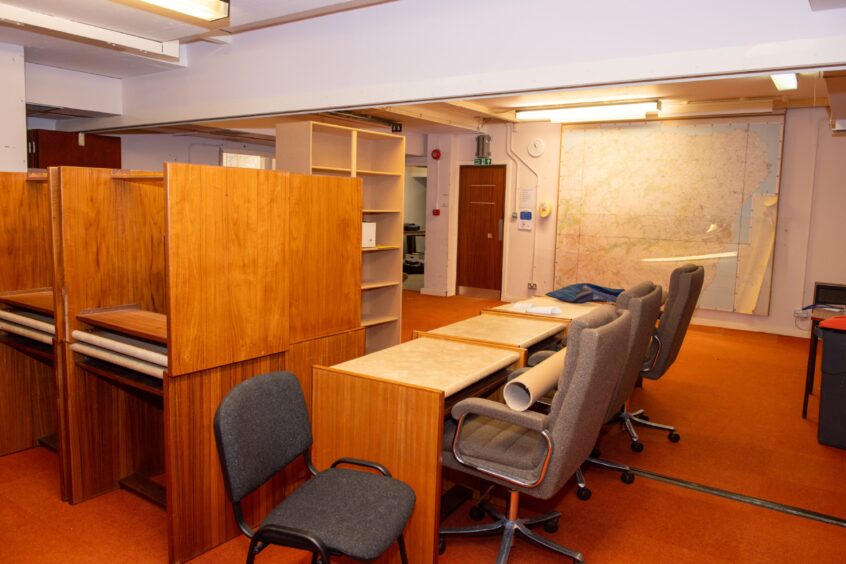
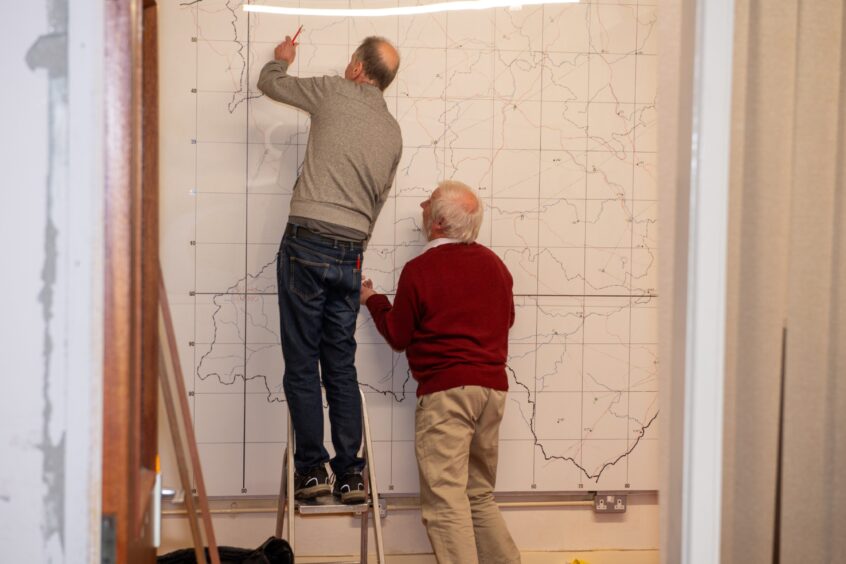
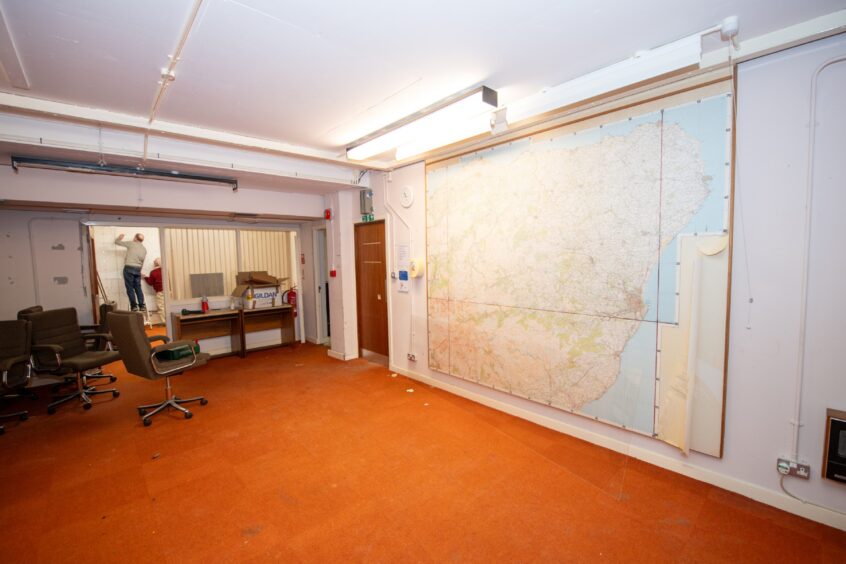
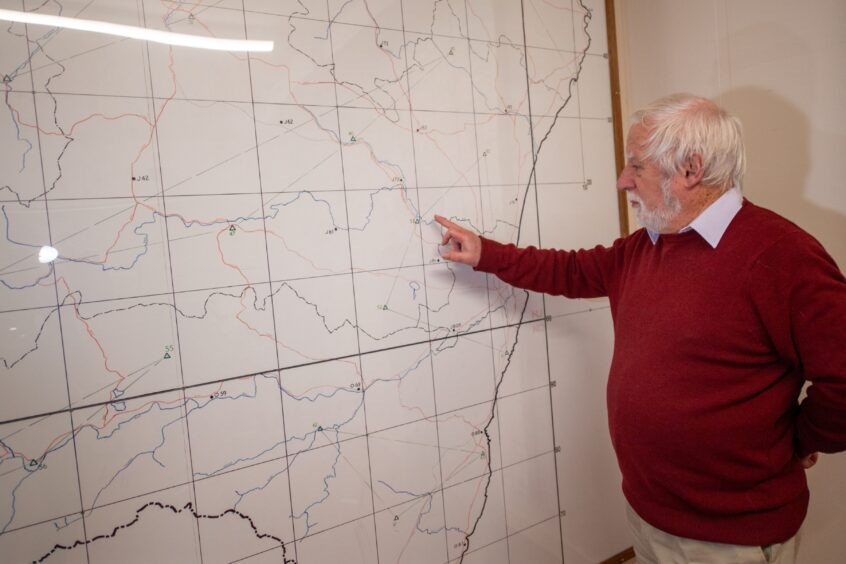
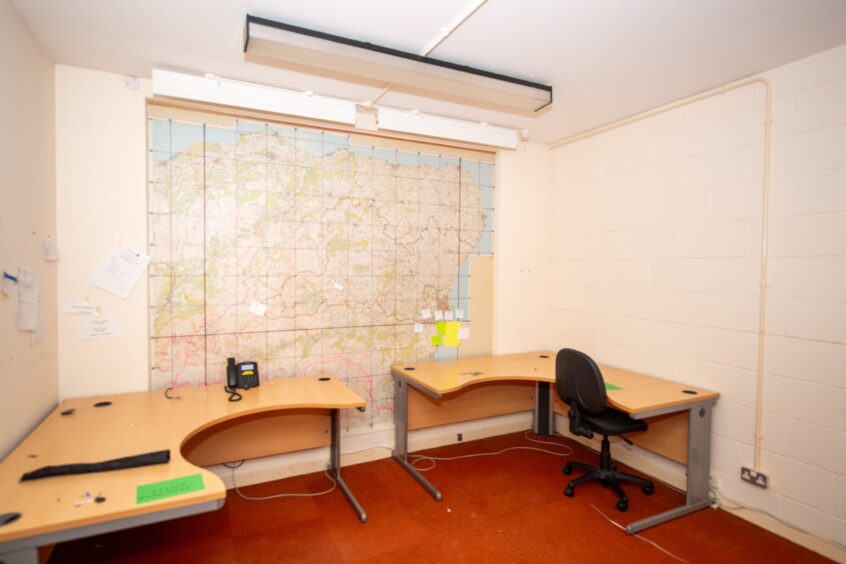
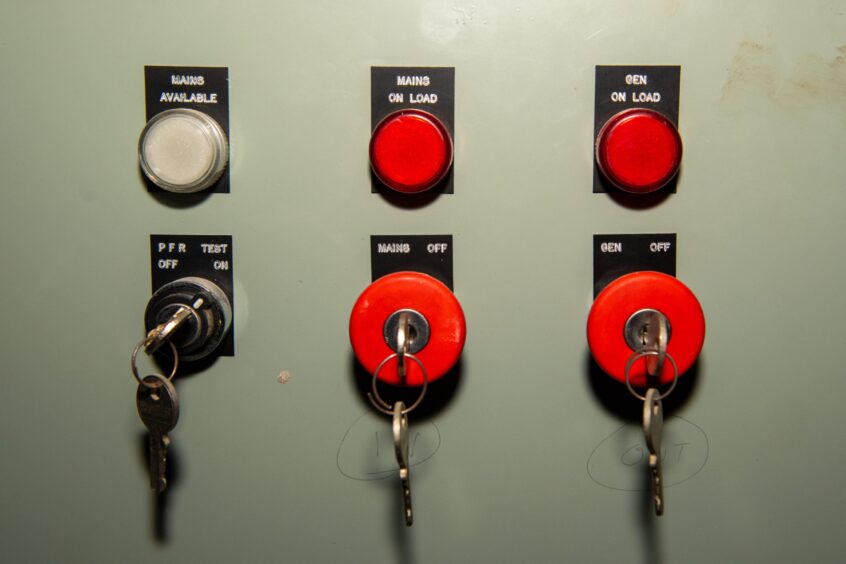
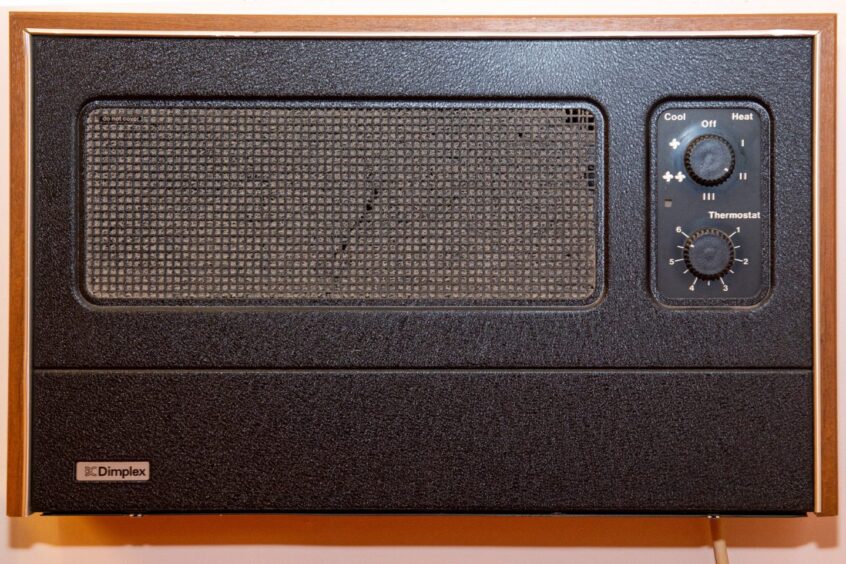

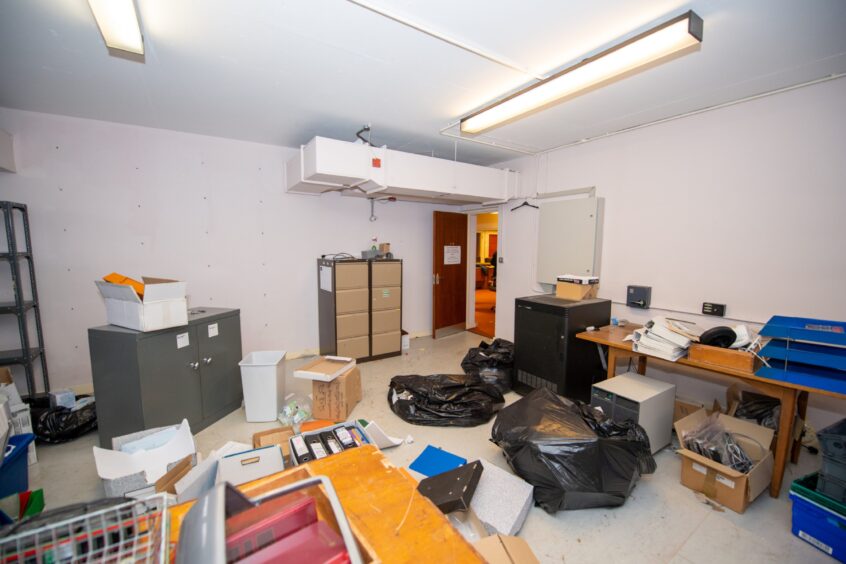
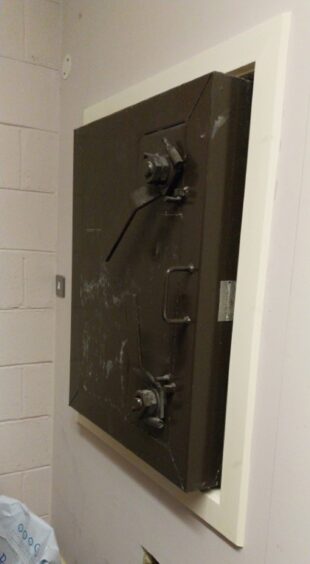
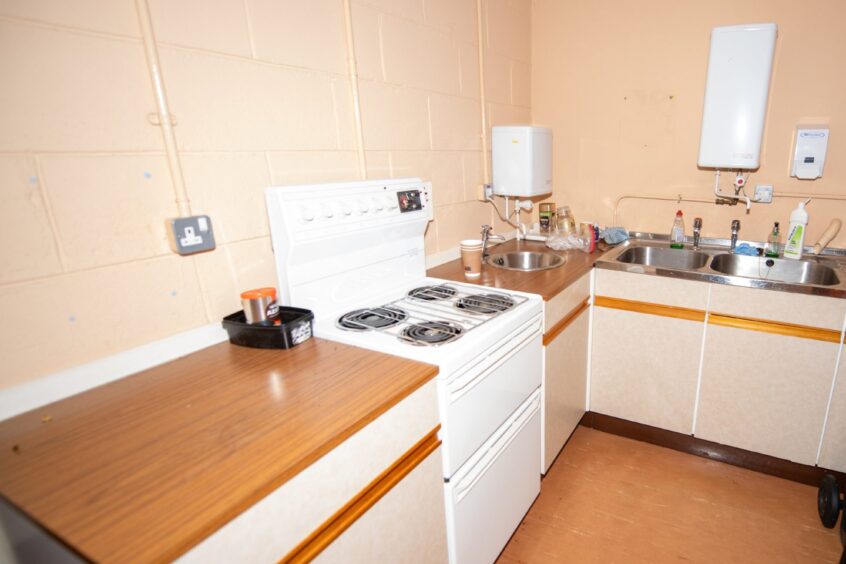
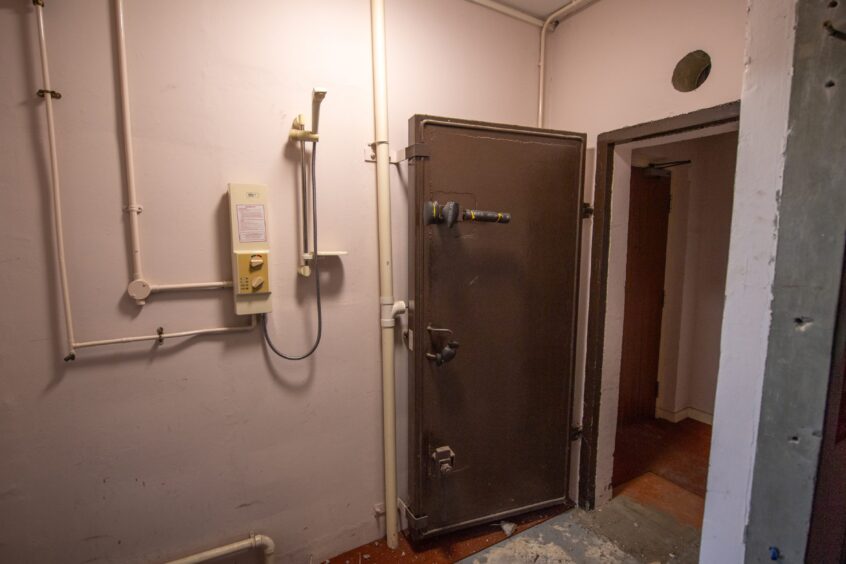

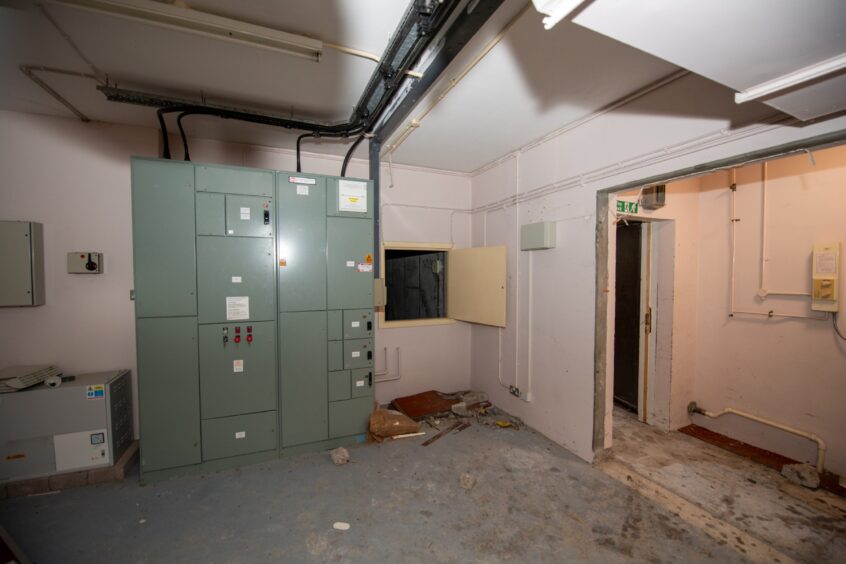
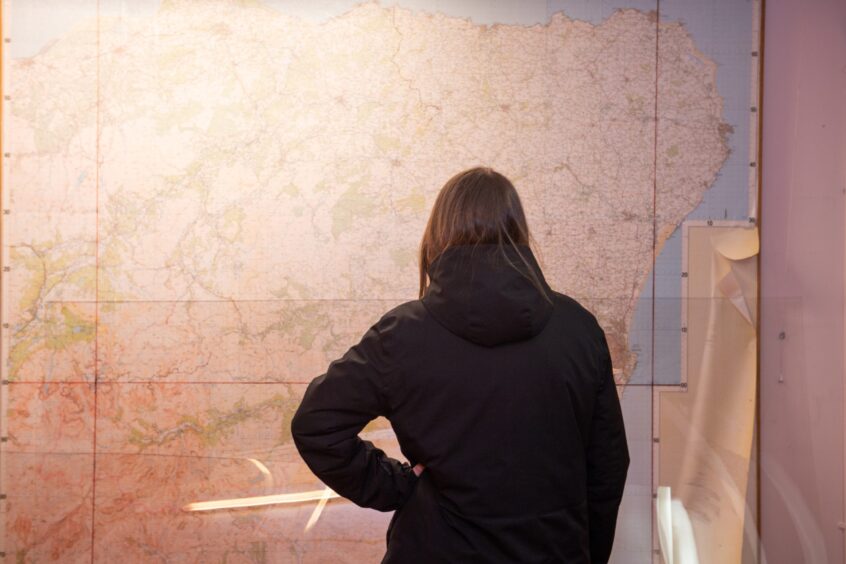
Conversation